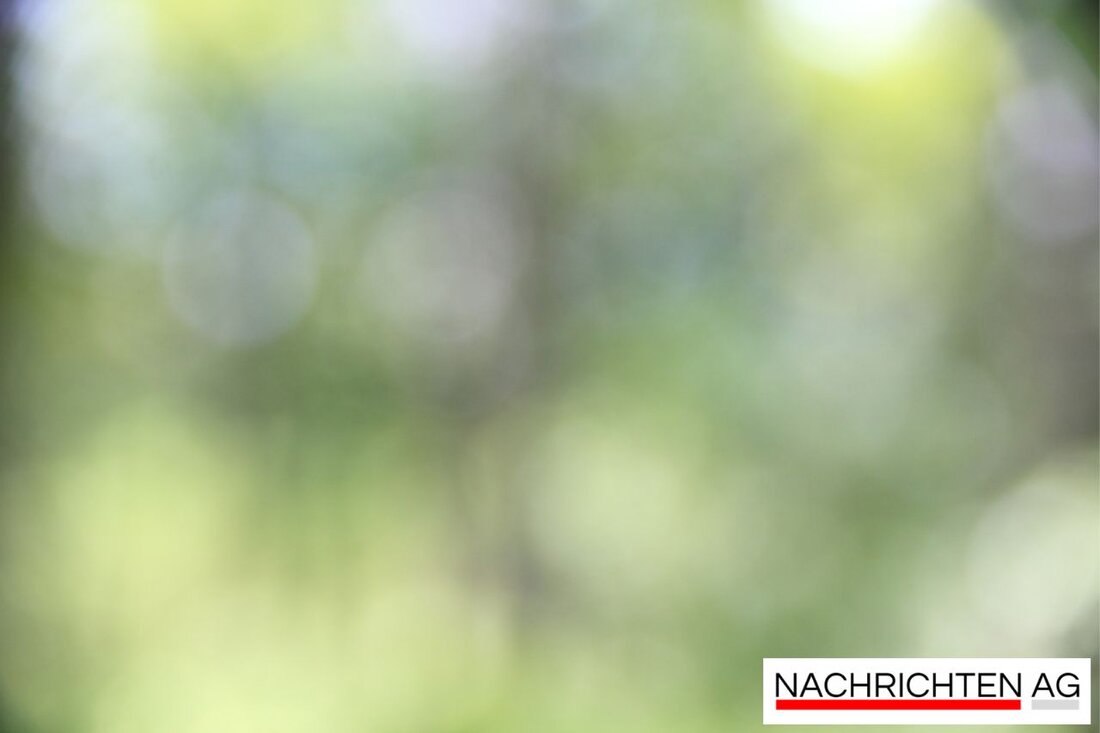Día de los Muertos: A celebration of the living and dead in Vienna!
Discover the Día de los Muertos celebrations in Alsergrund with exhibitions, events and cultural exchange.

Día de los Muertos: A celebration of the living and dead in Vienna!
In Vienna, the celebration of Día de los Muertos, also known as the Day of the Dead, is just around the corner. On October 31, 2025 it will be that time again when the Lichtraum by Paul Siblik gallery will host its third exhibition in the Ubeél Pixan series under the title “Cielito lindo, I’m coming home!” presented. This cultural event builds bridges between traditions and modern art, transforming the gallery into a symbolic heaven decorated with altars, candlelights and sounds by international artists. My district reports that the Día de los Muertos celebrations have now found a permanent place in Vienna.
Día de los Muertos is much more than just a holiday; it honors the lives of the deceased and combines various cultural and religious influences. Traditionally, the holiday is celebrated on November 1st and 2nd, with roots in ancient Mesoamerican cultures such as the Aztecs and Mayans. These societies viewed death as a part of the natural cycle of life. The celebrations practiced by Mexico's indigenous communities include decorating altars decorated with photos, marigolds (marigolds) and the favorite foods of the deceased to welcome the souls. It is important that the preparations are carried out with great care as it is believed that they can influence prosperity and good luck. These elements of the tradition were added to the Representative List of the Intangible Cultural Heritage of Humanity by UNESCO in 2008, underlining the cultural significance of the holiday UNESCO.
Events and cultural influences
Another highlight is the exhibition “Trazos de lo que fueron”, which will take place on October 28, 2025 in the Lichtraum – Basement Art. This addresses the question of what remains of us when we are no longer there. Curator Miguel Valverde brings together works by artists from Mexico and beyond that illuminate the various facets of life and the memory of past generations.
But that's not all: On October 23rd, the Austrian Latin America Institute invites you to the event “To the devil with the devil”. This event looks at the figure of the devil in various traditions and examines how it has changed over the years in Mexico.
The Día de los Muertos celebrations extend not only to Vienna, but also to the neighboring city of Bratislava, where a celebration with mariachi and the Ballet Folklórico by Danka Pasteková opens. These celebrations include not only an ofrenda, but also artwork by international artists, further strengthening the cultural ties between Mexico and Austria. The numerous events are in close cooperation with partner institutions such as the Weltmuseum Wien and the Austrian Latin America Institute.
Cultural significance and traditions
What actually makes Día de los Muertos so special? This celebration is a striking example of how ancient traditions are combined with modern practices. It reflects respect for ancestors and the cyclical nature of life and death. As part of the celebrations, there are also visits to the graves, which are cleaned and decorated. Families come together to remember, and telling stories keeps the memories alive. The traditional food, such as pan de muerto and tamales, complements the festival and gives the celebrations an additional culinary touch mexicohistorico.
At a time when many cultures are intertwined, Día de los Muertos shows the importance of preserving traditions and passing them on to future generations. Art, music and dance are incorporated into the celebrations and highlight cultural identity – exactly what Día de los Muertos embodies. The balance between tradition and innovation will be crucial to the future of this wonderful holiday.

 Suche
Suche
 Mein Konto
Mein Konto